How To Use Best Practices In Salesforce?
4.9 out of 5 based on 12354 votesLast updated on 21st Jul 2025 18.2K Views
- Bookmark

Begin with small steps - over time, you'll gain expertise. Best practices may seem simple, but they create a significant impact.

Salesforce is an impactful tool used by companies to work with sales, customers and provide services. It helps teams work more efficiently and process more data. But to get the best out of Salesforce, you must follow good practices. These are simple rules or methods that help make your work smooth and your system strong.
If you are just starting, you can join a Salesforce Course Online. This will teach you how to use the platform and follow best practices from the beginning. Now, let us look at some of the top best practices you should follow in Salesforce.
Keep Data Clean and Useful
Good data is the heart of Salesforce. You should keep your records neat and clear. Remove duplicate contacts or accounts. Make sure that phone numbers, emails, and names are accurate. Only precise data works well.
Use validation rules. These rules stop users from saving wrong or missing information. Training your team to enter clean data is a good practice. With clean data, your system becomes more helpful and trustworthy.
Use Standard Features First
Salesforce gives many tools that work out of the box. Try using standard objects, fields, and reports before building something new. For optimal updation and maintenance, utilise built-in features.
For example, instead of making a custom object, the standard “lead” object should be used for tracking new customers. This helps your system stay simple. You also save time and avoid errors.
Create Simple Automation
Automation makes work faster. But too much of it can confuse your team or break things. So start with simple workflows or Process Builder flows. Use clear names for each rule. Check every automation before you put it into use.
Later, you can use tools like Flow or Apex for more advanced steps. The priority is to use time efficiently while having control. Automate tasks like sending emails, updating records, or assigning tasks.
Give the Right Access
Do not give every user full access. Only give what is needed. Profiles and permission sets can be used to do this. Each person should only see or edit what is important to their job.
If you give too much access, users might change things by mistake. They may also see private data. Use the "least privilege" method. That means users get the least amount of access needed to do their work.
Build Good Reports and Dashboards
Reports and dashboards help your team make smart decisions. Charts that represent key numbers like sales goals, open cases, or lead response time need to be built. Keep reports easy to read. Do not show too many numbers at once.
Make one dashboard for each team. For example, sales teams can see leads and opportunities. Support teams can see open tickets and response times. Let leaders view overall performance. Make sure all reports pull data from clean sources.
Test Before You Launch
Do not change things directly in your live system. Always use a sandbox. This is a copy of your Salesforce system where you can test safely. Try new fields, flows, or apps in the sandbox first.
Ask users to try changes. Get feedback. Then, when everything works fine, move it to the real system. This motivates a bug-free and smooth experience.
Keep Learning and Updating Skills
Salesforce is always growing. New features come in every few months. Learn about them. Join webinars. Follow blogs. Update your system to use the new tools.
One good way to learn is by aiming for the Salesforce Business Analyst Certification. This helps you learn how to use Salesforce to solve business problems. You will learn to think like a planner and make better use of the tool.
Related Courses:
Use Change Sets or Tools to Move Changes
Once you complete the updates in the sandbox, you must transfer them to the live system. Use change sets for this. They help send custom fields, objects, and flows safely.
For bigger projects, use deployment tools. These tools let you track all updates and undo mistakes if needed. Keep a list of all changes. This is beneficial in case you need to go back afterwards.
Train Your Team
Your team must know how to use Salesforce. You can build short guides or videos. Show them how to enter leads, close deals, or check reports. Good training helps reduce errors and keeps work flowing well.
You can find local support too. For example, if you are in Noida, you can take Salesforce Training in Noida. This training helps teams learn with hands-on tasks and local trainers.
Prepare for Questions
If you want to grow in your Salesforce career, be ready for real-world questions. You can start with Salesforce Technical Interview Questions. These include topics like:
- What is a lookup relationship?
- What is a workflow?
- How do you use a sandbox?
- Role vs profile?
These questions help you understand what employers want.
Learn in Your City
Mumbai
If you live in Maharashtra, you can take the Salesforce Course in Mumbai. This course will guide you with live classes, real projects, and one-on-one help. You can ask questions and learn faster.
Hyderabad
If you are from Telangana, you can join Salesforce Classes in Hyderabad. These classes offer support in your local language too. It is a good way to start learning and get your basics strong.
Bangalore
Bangalore is a big IT hub. You can join the Salesforce Course in Bangalore. You will find good mentors and friends who are learning too. This will help you grow faster.
Delhi
If you are based in Delhi, you can take the Salesforce Course in Delhi. This city has many good learning centers. These centers prepare you for jobs and interviews, too.
Use Sandbox and Backups Often
Before making any change, take a backup. This saves your data. If something goes wrong, you can bring it back. Use a sandbox to test. Make sure you check if every change works.
Even small changes like adding a new field or rule should be tested. This habit keeps your system clean and safe.
Focus on User Feedback
Ask users how the system feels. Is it slow? Are the reports clear? Do they find tasks easy? Use feedback to make things better.
Sometimes small changes, like moving a field to the top of the form, help users a lot. Fix issues early. Listen to your team.
Review Security Often
Check who has access to what. Update roles if someone changes jobs. Make sure no one sees what they should not. Use field-level security and record-level access. Set strong passwords. Set up two-factor authentication.
This way, system and data safety are not compromised.
You May Also Read:
Salesforce Admin Resume with No Experience
Salesforce Administrator Certification Cost
Salesforce Lightning Experience
Marketing Cloud Work With Salesforce Course
Track Performance
Your system should work fast. Slow pages can make users unhappy. Use tools to check speed. Look for long-running flows or slow reports. Fix things early. A fast system saves time and makes users happy.
Conclusion
Salesforce is a strong tool. But to get the best results, you must follow best practices. Keep your data clean. Test before launch. Use standard tools. Train your team. Acquire more skills. No matter the department, these tips will help you use Salesforce better. Start with small steps. With time, you will become a pro. Best practices are simple. But they make a big difference.
Subscribe For Free Demo
Free Demo for Corporate & Online Trainings.
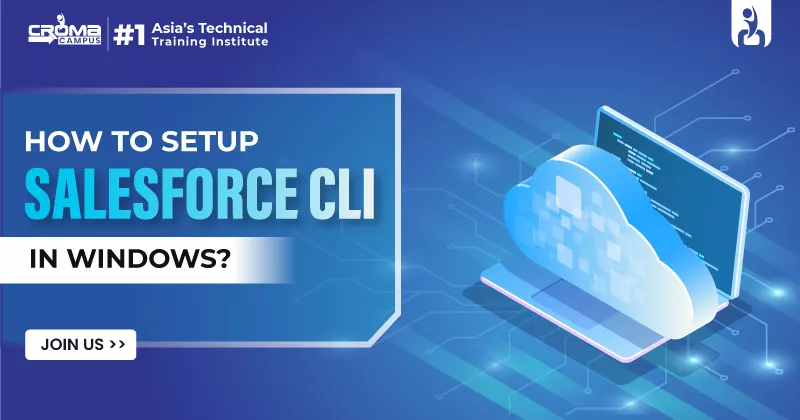

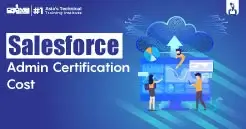





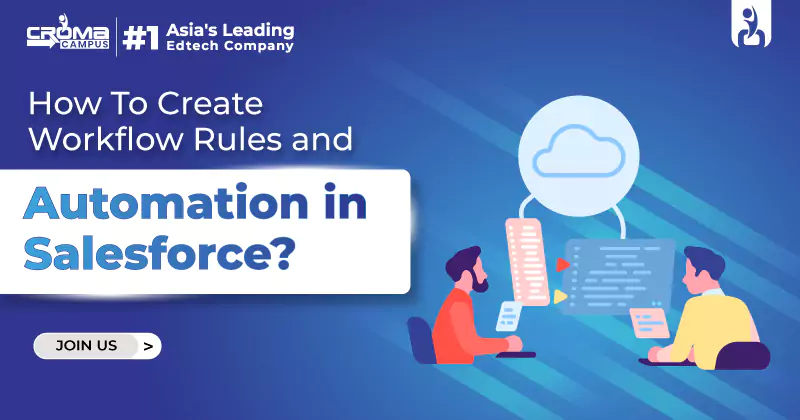


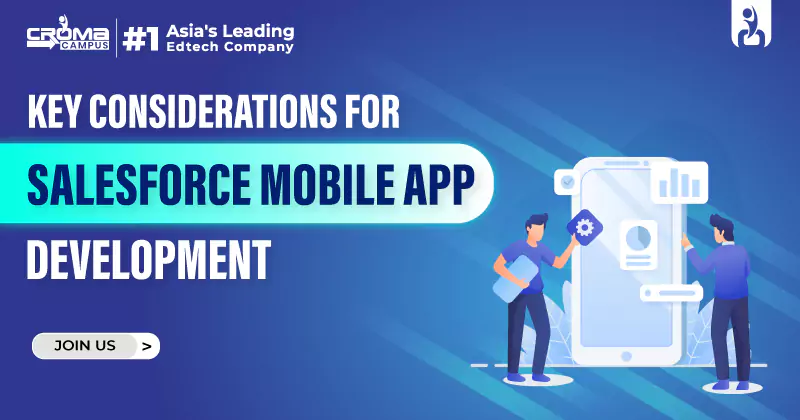





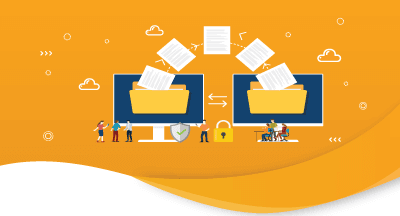







.webp)

.png)















